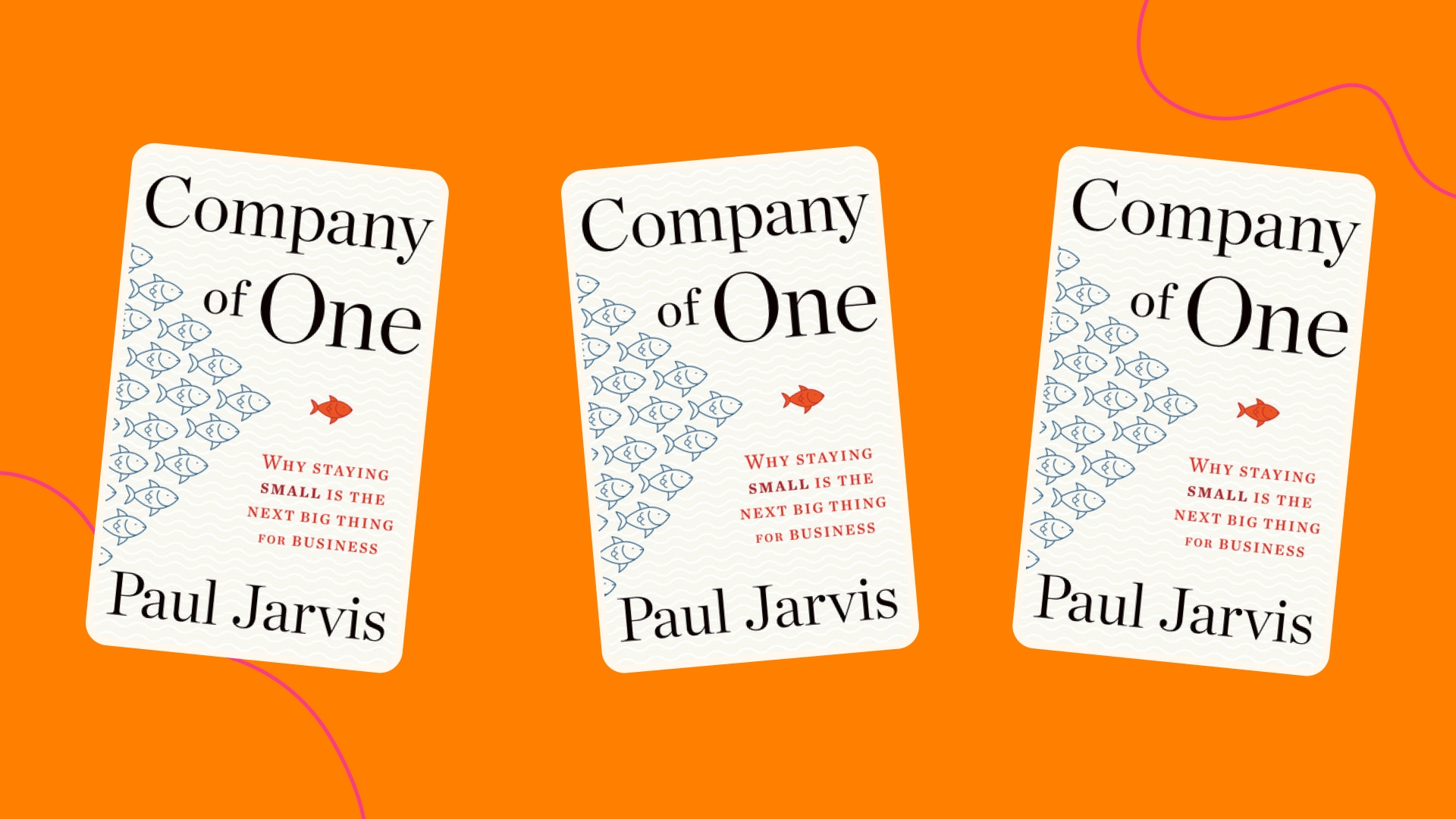Author: Madelynn Duffield
-
Classmate Interview- ENT 645
I was able to interview Kylie earlier this afternoon. It was great to get to know a new classmate, so I hope you all (especially some of the consistent members of Dr. Lahm’s ENT courses) take the time to get to know her as well! This interview covers some of her educational journey, career endeavors,… Read more
-
Afterword: Never Grow Up
This final piece shows a historical success of the company of one model and the power in putting one’s practice quality and customers first. It discusses the resilience (through mass changes and economic crises) of Buddhist temples in Japan, due to their commitment to their work and dedication to serving their customers. Instead of building… Read more
-
Starting a Company of One- My Story

This final chapter (aside from the Afterword) discusses Jarvis’ personal business story in how and what he had to go through in order to create his company of one (p. 198). He first started his professional career working for an agency, where he built and designed websites. He did not like the unloyalty the agency… Read more
-
The Hidden Value of Relationships

Personal outreach, such as referring to a customer by their name or speaking to them directly can allow companies to use this personalized approach to their advantage. This can be easier among smaller companies. However, many larger companies are now trying to act more like smaller ones by developing a more personal connection or relationship… Read more
-
Launching and Iterating in Tiny Steps

When following and adopting the company of one mindset and practices explaining in the previous reflections and in more reflections to come, it is important to note that growth is much slower in a company of one. This is because growth within a company of one is incremental from zero (there is no venture capitalist… Read more
-
Properly Utilizing Trust and Scale

One statement that stood out within this chapter is that “a lot of people, especially creative people, look upon marketing in a negative way” (Jarvis, 156). I find this extremely interesting, as this is something I was unaware of. I usually view marketing in a neutral way, or am impressed by the creativity, pose, or… Read more
-
Teach Everything You Know

People typically view making sales and being a good salesperson as being pushy, building a good argument on why they should by from you, or even being somewhat manipulative or deceiving. Jarvis, on the other hand, explains that if your product does not fit someone’s needs you need to let them know. A company’s sales… Read more
-
Scalable Systems

In this chapter Jarvis discusses the Need/Want model. This model recognizes growth based on realized profit, which is actual profit that has already been generated. The typical model adopted by most startups or venture capitalist-backed companies is based on potential profit, which is profit expected to be accumulated in the future (it has not yet… Read more
-
The One Customer

This chapter gives some great and even heart-warming examples of truly above and beyond customer service. One impressive example is that provided by a call service representative at RackSpace. She heard someone in the background of the call saying he was hungry, so she quietly put the customer on hold and ordered a pizza to… Read more
-
Personality Matters

Traditional business has taught people to mask their personalities under the blanket known as ‘professionalism’. Jarvis argues against this notion, as expertise and skills can be replicated, while style and personality are nearly impossible to replicate. It is apparent that Jarvis is following his own advice in his company of one, as many of his… Read more
